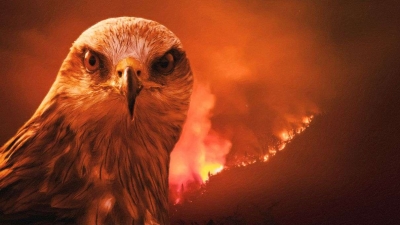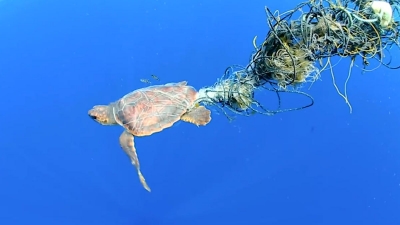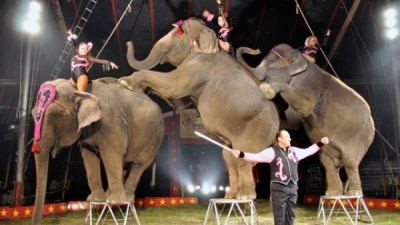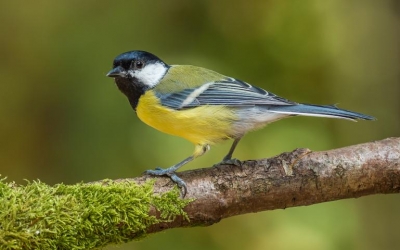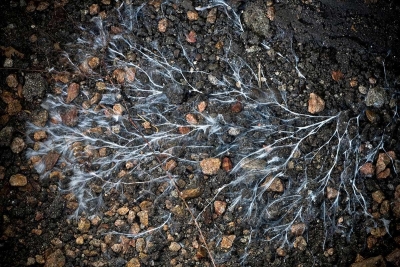
Scientists from the Society for the Protection of Underground Networks (SPUN) have launched plans to map the world's huge underground webs of fungi, which store billions of tonnes of carbon dioxide during their lifetime. The SPUN would collect 10,000 samples from around the world to identify sites with the potential to store more CO2 and withstand changes brought about by global warming. The project will also identify at-risk areas, where these networks are under threat from fertilizer use, urbanisation, deforestation, and pollution. Understanding the fungal network will help scientists focus on "underground conservation", which has been long overlooked.
Symbiotic relationship
A majority of land plants live in symbiotic relationship with soil fungi. The fungi cannot photosynthesise, as they have no access to light or chlorophyll, whereas the trees photosynthesise. Trees use the sun's energy to refashion carbon dioxide and water into sugar. Fungi get sugar and carbon from trees, and in return release nutrients such as phosphorous and nitrogen, as well as water (collected from their environment) to the trees. Some fungi are known to supply 80% of phosphorus to their host plants.
"Wood wide web"
The fungi are made up of a mass of thin threads, known as mycelium, through which they absorb nutrients from their environment. The roots of trees and mycelium join together to form the mycorrhizal networks. As fungi colonise many plants at the same time, the mycorrhizal networks connect individual plants and trees, forming a larger network. This network ferries nutrients and chemical signals (communication) between trees. They even connect trees that are miles away. German forester Peter Wohlleben dubbed this network the wood wide web".
Carbon sink
According to the SPUN, underground fungal networks sequester carbon in three ways. First, fungi use carbon to build rapidly expanding networks in the soil.
Second, sequestered carbon is used to create fungal exudates. Exudates are organic compounds that help form stronger soil aggregates, which act as a stable carbon reservoir. Third, sequestered carbon is stored in fungal necromass. Necromass are underground networks that are no longer active, but whose complex architecture is structurally woven into the soil matrix. It is responsible for up to half of the total soil organic matter and helps stabilise soils. Ecosystems with plants that feed carbon to underground networks store an estimated eight times more carbon compared to ecosystems with non-mycorrhizal vegetation, say scientists.
Other functions of the fungal network
Food web: Fungal networks lie at the base of the food webs because they feed the plants with necessary nutrients.
Sharing of resources: Trees and plants share nutrients with one another through the fungal network. There is also increasing evidence that some combinations of fungi can enhance soil fertility and plant productivity more than others.
A parent tree uses the fungal network to feed the seedlings that have sprouted under its shade. Researchers have found how old trees are able to survive with resources from younger ones.
Helps in tree 'communication': The tree-to-tree communication happens for various purposes and in many forms. It may not be a typical 'Hello'. But it is definitely a network of sharing and caring, and that ensures the survival of the community. Through the fungal network, trees send distress chemical signals about drought, disease or an insect attack. Other trees pick up these signals and increase their own resistance to the threat.
Boosts immunity of plants: A fungal network also boosts the host plants' immune system because when a fungus colonises the roots of a plant, it triggers the production defence-related chemicals in plants.
Threats to fungal network
Agriculture: Adding of fertilizer interrupts the dynamics of exchange between plants and fungi, while ploughing damages the physical integrity of fungal networks.
Habitat loss: Habitat loss led by logging and urbanisation also cause damage to the underground fungal networks.
Warming and climate change: Extreme temperatures, drought, and floods threaten the ability of global fungal networks to move nutrients and store carbon. And wildfires not only destroy trees, but also the fungal network underground.
Picture Credit : Google
